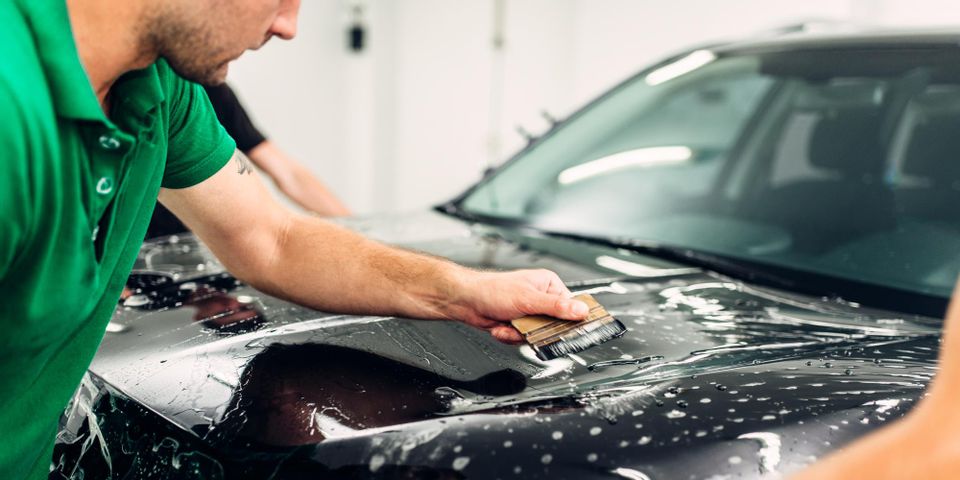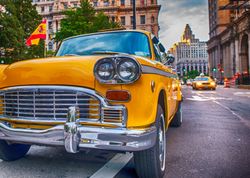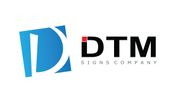A Short History of Fleet Graphics

Fleet graphics, including stylized wraps and custom graphics, have a long and fascinating history. Popular now among consumers and businesses alike, the modern history of these decorations can be traced back to the late 1800s. Learn more about this intricate story below.
Early Graphics
Taking inspiration from royal colors on carriages, companies in Europe and North America began painting distinctive decoration and branding on delivery wagons in the 18th century. When trains began to criss-cross the continents, businesses recognized the unique opportunity they presented. They painted colorful advertisements on the sides of railcars, establishing national awareness for their companies.
The arrival of the automobile signaled the start of modern fleet graphics. In 1900, Milton Hershey of the Hershey Company brought an electric delivery van to Lancaster, PA, the city’s first car. Hershey capitalized on the novelty of the vehicle by decorating it with his company’s logo. Taking it on a tour of surrounding towns spread awareness of his products and initiated a tradition of vehicle graphics that continues to this day.
The Invention of Vinyl

In 1926, chemists working for the BF Goodrich Company accidentally discovered vinyl chloride, which could be formed into a durable, flexible, colorful film. Before this, most vehicle graphics were painted, like the famous New York City yellow cabs.
For many years, vinyl graphics were expensive and complicated to make and apply. However, by the 1980s, lower production costs and precise die-cutting resulted in vinyl becoming a practical material for smaller businesses. Vinyl decals and ads then began appearing in cities across the world.
The Modern Era
Commercial vehicle wraps were first used in Germany in the 1990s, when taxis were required to all be the same beige color. Rather than paint the vehicles and risk lowering the resale value, cab companies took advantage of new vinyl wrapping technology to make their cars beige. This preserved the original paint and proved the value of wrapping cars, causing business owners to realize the value this could have for advertising.
Finally, in 1993, PepsiCo created the first known digitally printed bus wrap advertisement. Created with piezoelectric inkjet printers, the new technology became the vinyl vehicle wrap we know today. In the 21st century, vinyl fleet graphics are seen on every street, for small and big businesses alike. With constant improvements and innovations, the future of vinyl vehicle wraps and fleet graphics is bright and assured.
If you’re interested in eye-catching fleet graphics for your business, get in touch with DTM Signs and Truck Wraps in Brooklyn, NY. Their team specializes in creating custom designs for lettering, screen printing, and full and partial vehicle wraps, and they also offer convenient financing options. To get started, call them at (347) 312-5488 or visit them online to see some of their previous work.
About the Business
Have a question? Ask the experts!
Send your question

